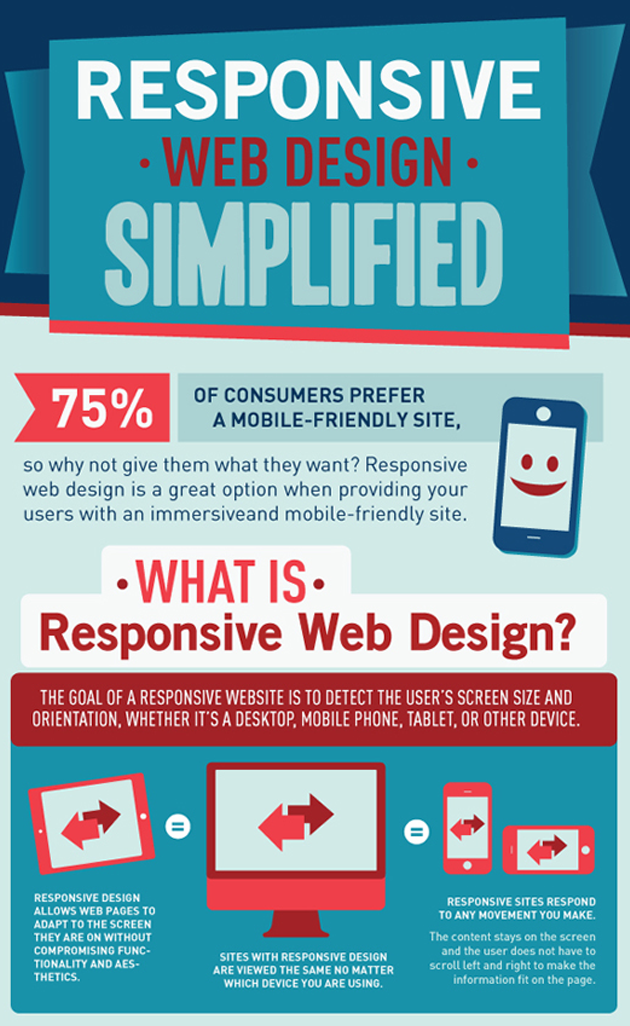Eager To Uncover Exactly How Web Site Style Has Transformed With Time? Study The Advancement From Simpleness To User-Focused Experiences.
Eager To Uncover Exactly How Web Site Style Has Transformed With Time? Study The Advancement From Simpleness To User-Focused Experiences.
Blog Article
Authored By-Johansen Vangsgaard
In the past, sites were easy and focused on information. Navigation was straight, and layout was for desktops. Now, customer experience is crucial. Information guides styles for simple navigation. Receptive designs fit various gadgets. Today, dark setting decreases pressure, and minimalist menus boost navigation. Interactive features involve users, and strong visuals stand apart. AI assimilation increases interaction. See exactly how layout has evolved to enhance your on the internet journey.
Very Early Days of Website Design
In the early days of website design, simplicity preponderated. Web sites were fundamental, with minimal colors, font styles, and formats. The emphasis was on supplying information rather than flashy visuals. website search optimisation accessed the net through sluggish dial-up links, so rate and performance were key.
Navigating menus were straightforward, usually located at the top or side of the web page. Sites were developed for desktop computers, as mobile browsing had not been yet common. Material was king, and developers focused on easy readability over intricate style aspects.
HTML was the key coding language made use of, and developers had to function within its constraints. Animations and interactive features were marginal contrasted to today's criteria. Web sites were fixed, with little vibrant content or tailored individual experiences.
Rise of User-Focused Design
With the evolution of website style, a shift towards user-focused design concepts has come to be significantly popular. Today, producing websites that prioritize individual experience is essential for engaging site visitors and achieving business goals. User-focused design involves understanding the requirements, preferences, and actions of your target market to customize the site's layout, web content, and includes accordingly.
Developers now conduct detailed research study, such as customer studies and use testing, to collect insights and feedback directly from users. This data-driven strategy helps in developing intuitive navigation, clear calls-to-action, and visually attractive user interfaces that resonate with visitors. By positioning the individual at the facility of the layout procedure, web sites can supply an extra personalized and enjoyable experience.
Receptive style has likewise become a key aspect of user-focused layout, making certain that web sites are maximized for various devices and display sizes. This flexibility improves ease of access and use, catering to the diverse means individuals communicate with sites today. Basically, the rise of user-focused design represents a shift in the direction of developing electronic experiences that prioritize the needs and assumptions of completion user.
Modern Trends in Web Design
Discover the current fads shaping web design today. https://www.cmswire.com/digital-marketing/is-it-possible-to-have-both-privacy-and-personalization/ is dark mode design, providing a smooth and modern-day appearance while decreasing eye strain in low-light settings. An additional crucial trend is minimalist navigation, simplifying food selections and boosting user experience by concentrating on essential elements. Integrating micro-interactions, such as computer animated switches or scrolling impacts, can develop a much more appealing and interactive internet site. Responsive layout remains crucial, guaranteeing smooth user experiences across different tools. Additionally, using vibrant typography and asymmetrical formats can include visual passion and accentuate certain material.
Incorporating website design quote , like chatbots for consumer support or individualized suggestions, boosts user engagement and simplifies processes. Access has also come to be a significant pattern, with developers prioritizing comprehensive style methods to satisfy diverse customer demands. Accepting sustainability by maximizing website performance for speed and performance is an additional emerging fad in website design. Teaming up with customer feedback and data analytics to repeat and enhance design constantly is important for remaining relevant in the ever-evolving electronic landscape. By accepting these contemporary trends, you can create an aesthetically attractive, straightforward website that reverberates with your audience.
Verdict
As you assess the advancement of site style from the very early days to now, you can see how user-focused layout has actually become the driving force behind contemporary patterns.
Accept the trip of change and adjustment in website design, constantly maintaining the user experience at the center.
Stay current with the latest fads and innovations, and never ever stop developing your method to develop visually magnificent and easy to use sites.
Develop, adapt, and produce - the future of website design is in your hands.
